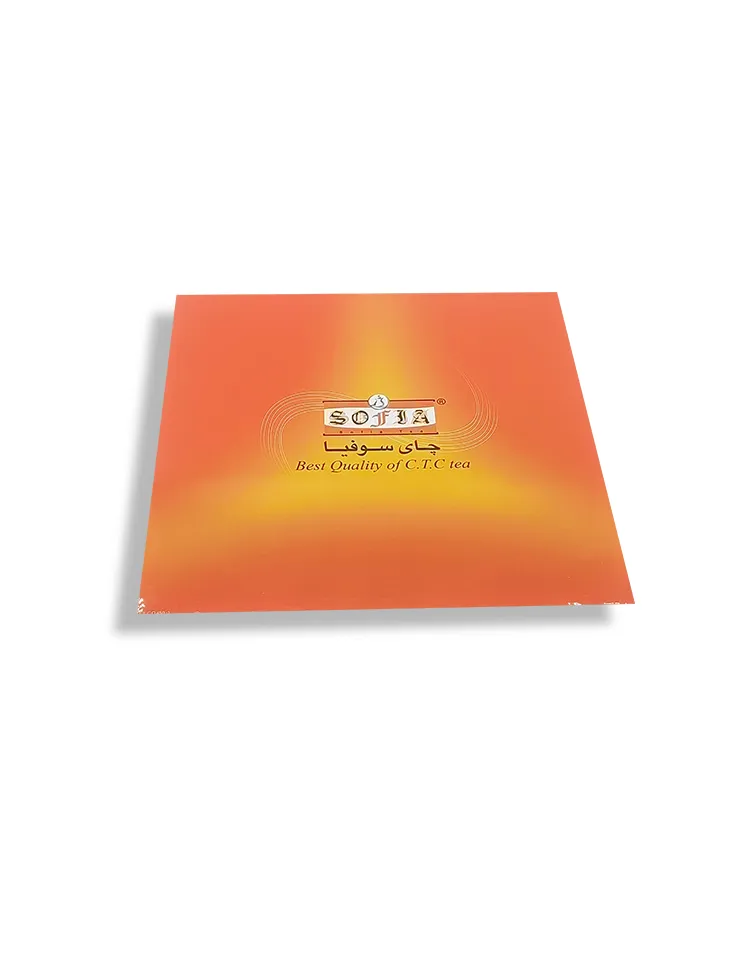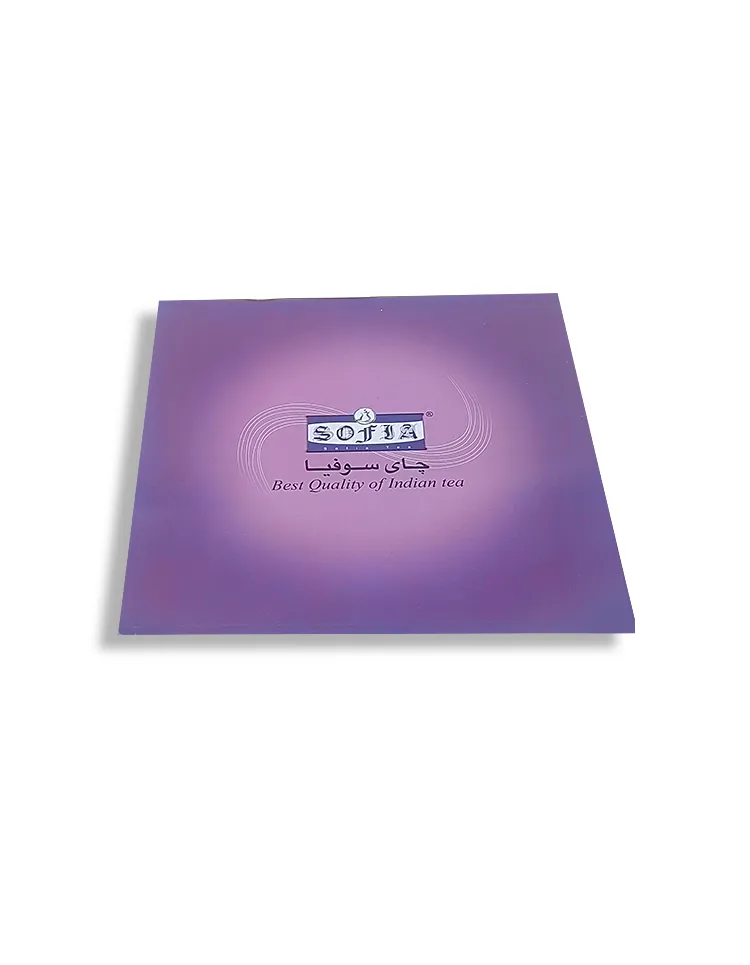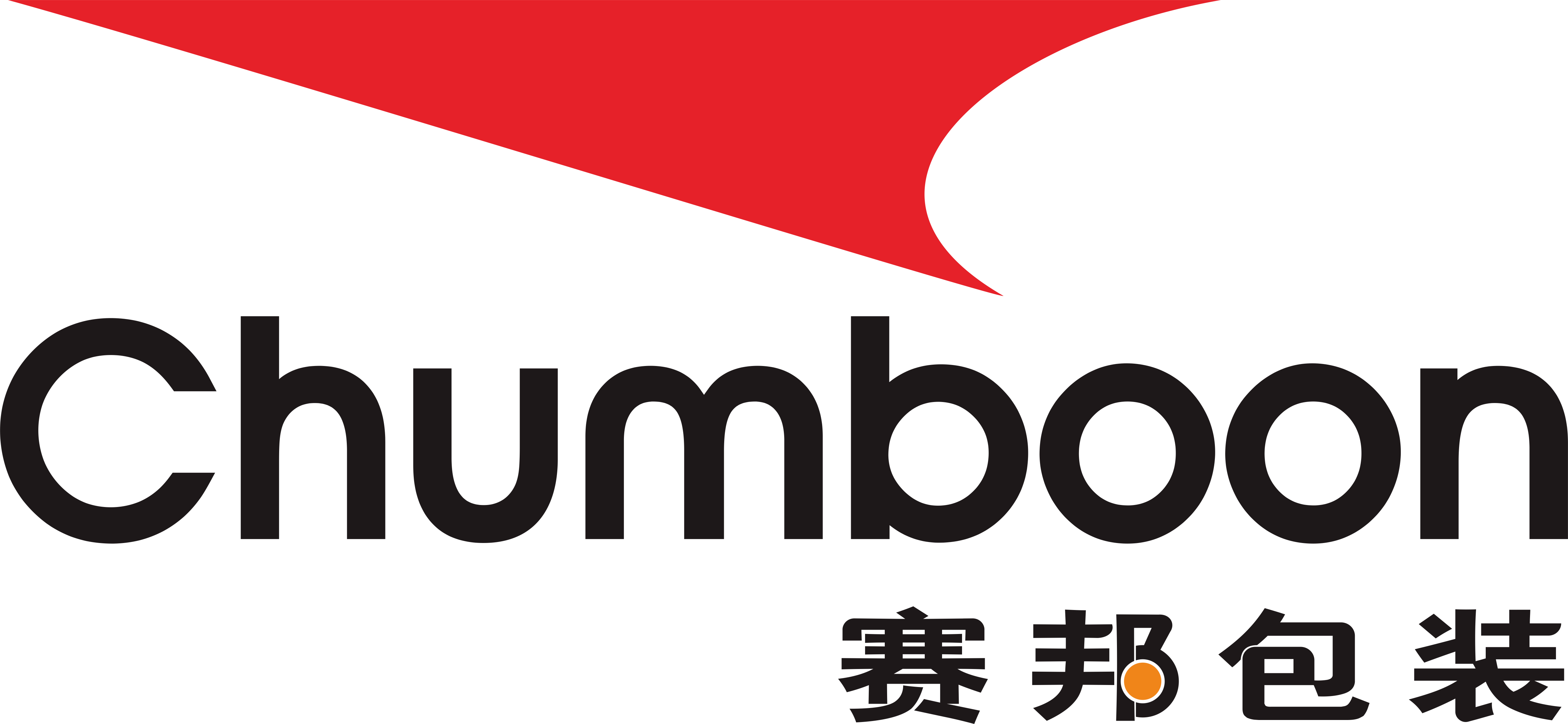Tinplate printing is a high-tech process widely used in the packaging of food, beverages and chemical products. Printing distortion not only affects the appearance of the product, but also affects its market competitiveness. How to avoid distortion in tinplate printing has become the focus of attention in the industry.
Tinplate printing is a complex and delicate process, mainly used for the packaging of food, beverages and chemical products. Its printing quality is directly related to the market performance of the product and consumer acceptance. However, the problem of printing distortion has always plagued manufacturers. This article will deeply explore the common distortion phenomena and solutions in tinplate printing, help technical personnel in the industry to improve printing quality and avoid unnecessary economic losses.
Technological characteristics of tinplate printing
Tinplate, scientifically known as tin-plated thin steel plate, is widely used in the packaging industry for its excellent corrosion resistance and printability. Its printing process generally includes five main steps: pre-treatment, coating, printing, drying and molding. Each step may affect the final printing effect, especially the detail processing in the printing link, which determines the quality of the finished product.

Common types of printing distortion
In the tinplate printing process, common printing distortion phenomena mainly include the following:
1. Chromatic aberration distortion: This is the most common type of distortion, which is mainly manifested by the color of the printed product not matching the color of the design draft.
2. Pattern deformation: The printed pattern is inconsistent with the original, which may be caused by poor contact between the printing plate and the tinplate or uneven pressure.
3. Dot distortion: The dots on the printed product are enlarged or reduced, affecting the clarity of the pattern and the accuracy of the color.
4. Ghosting: The same pattern appears repeatedly, resulting in blurred images, mainly due to mechanical failure or improper operation of the printing press.
Analysis of the causes of printing distortion
The causes of tinplate printing distortion are complex and diverse, mainly including the following aspects:
1. Material problems: The quality of tinplate has a direct impact on the printing effect. If the surface is not flat enough, the coating is uneven, etc., it may cause printing distortion.
2. Equipment problems: The accuracy and stability of printing equipment are crucial. Old or poorly maintained equipment is prone to problems such as inaccurate positioning and uneven pressure.
3. Process problems: The setting of printing process parameters, such as pressure, speed, temperature, etc., has a significant impact on printing quality. Improper parameter settings can easily lead to printing distortion.
4. Operation problems: The technical level and sense of responsibility of the operator also directly affect the printing quality. Irregular operation and carelessness may cause printing distortion.

Solutions to avoid printing distortion
For the above distortion causes, the following measures can be taken to reduce or avoid printing distortion:
1. Material selection and testing:
Select high-quality tinplate materials to ensure that their surface is flat and the coating is uniform.
Strictly test the materials before printing and remove defective materials.
2. Equipment maintenance and upgrade:
Maintain and maintain the printing equipment regularly to ensure its normal operation.
Upgrade or replace old equipment in time to ensure the accuracy and stability of printing.
3. Process parameter optimization:
Determine the optimal printing pressure, speed, temperature and other parameters through experiments.
Adopt advanced process control systems to monitor and adjust the printing process in real time.
4. Operation training and management:
Strengthen the training of operators to improve their technical level and sense of responsibility.
Establish strict operating procedures and quality management system to ensure that standards are strictly implemented in every link.
Conclusion
Through scientific material selection, equipment maintenance, process optimization and operation management, as well as the application of advanced technology, printing distortion can be effectively reduced and avoided, and the quality and efficiency of tinplate printing can be improved. For printing companies, improving technical level and management capabilities and keeping up with industry development trends are the key to coping with market competition and winning customer trust.

